This time, I went to Tegaimon Gate of Todaiji Temple, located at the northwest of Daibutuden Hall of Todaiji Temple, then Shosoin, and after that an area around the west side of Todaiji Temple.
1. Tegaimon Gate and Old Elementary School
This gate is one of the gates of Todaiji Temple, which is located at the northwest of the precincts of Todaiji Temple, the west side of Shosoin. The gate has a gabled roof with clay tiles, a form in which 4 main columns stand in two rows at the center part of the gate, and 8 bracing struts stand at the front face and back face of the main columns, the distance between the two adjacent columns being about 1.8 meters, and only the central part is an exit and entrance, and the size of lengths in the direction of north and south and east and west being 15 meters and 7.73 meters, respectively, and the height being about 11 meters. Todaiji Temple was often attacked with fire after its foundation (710 to 794), and the main temple buildings were almost lost. In this situation, only Tegaimon Gate has remained in the form at the time of its foundation as it is although some modifications have been made. The gate, accordingly, is the only one remaining from which we can imagine the temple building architecture of Todaji Temple – a designated national treasure – in the Nara Period.
The gate faces an old road linking Nara to Kyoto, which has been utilized from ancient times, and some old merchant houses and private houses stand along the road.
You can see a big building with tiled roofs on your left hand after passing through the gate. It is Tsuzaka Elementary School. It is the oldest elementary school in Nara Prefecture, started as a temple school (or a private school) in the Meiji Period, and marked its 100th anniversary last year. The school is operated as a public school, and so we cannot enter the school buildings, but we can grasp that they are historic respectable buildings even if we see them only from the outside.
2. Shosoin (Shoso Repository)
The building below is a repository or warehouse for storing tax payments (at that time, the tax was grain, including rice, or textile fabrics) used in the Nara and Heian Periods.
It is a typical building of ancient architectural style using interlocked triangular logs (called “azekura-zukuri” in Japanese) with raised floors, built in 756 in the Nara Period. It contains import items from China and West Asia and various arts and crafts from the Nara Period. The items in Shoso have remained for about 1250 years or more, and we can see them as they were at that time. Please note that the Japanese word “Shosoin” originally means an area enclosed by a wall and including multiple “Shoso” repositories, and the Japanese word “Shoso” means a repository. In the Nara Period, there were many Shosoin areas in Japan and any Shosoin had multiple Shoso repositories, but now only one Shoso repository remains in Shosoin area in Nara. The words “Shoso” and “Shosoin”, accordingly, have the same meaning, repository, nowadays.
3. Daibutsuike Pond and Daibutsuden Hall
I walked to the south on the road in front of Shosoin, while looking at the back side of Daibutsuden Hall (Great Buddha Hall), and then walked on the south side of Daibutsuike Pond. Leaves turn to red or yellow in autumn. There are some deer on the pond’s edge. It was ideal weather for a walk that day; it was fine, the wind blew mildly, and the temperature was not high and not low.
4. Cafe KOJOATO*
I walked to the west and saw old flat wooden buildings. They were a factory (named Former Chojukai Microbe Laboratory) for researching, developing, and manufacturing fermented daily products such as yogurt using lactic acid bacteria, built around the end of the Taisho Period. The factory was closed in 1980, but opened as a cafe after about 30 years from the closing by descendants of the founder. The workdays of the cafe are Fridays, Saturdays, Sundays, and national holidays and I, unfortunately, was not able to enter the cafe.
*: located under the Nara Park Office in the map
5. West Side of Todaiji Temple
After that, I walked in the south direction. The area is the west side of Todaiji Temple, and a quiet residential area including very big mansions, old houses, art galleries, long-established restaurants, a former residence of some well-known person, and big Japanese gardens. It was the perfect walking course!


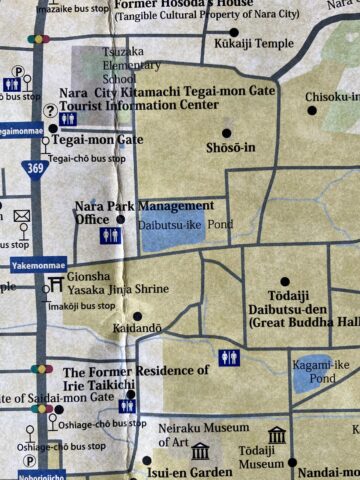

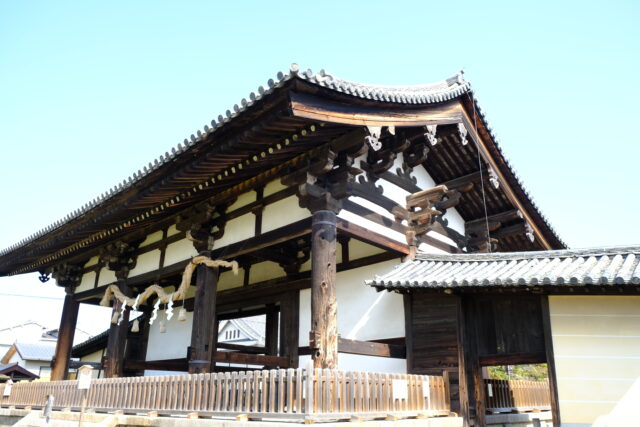

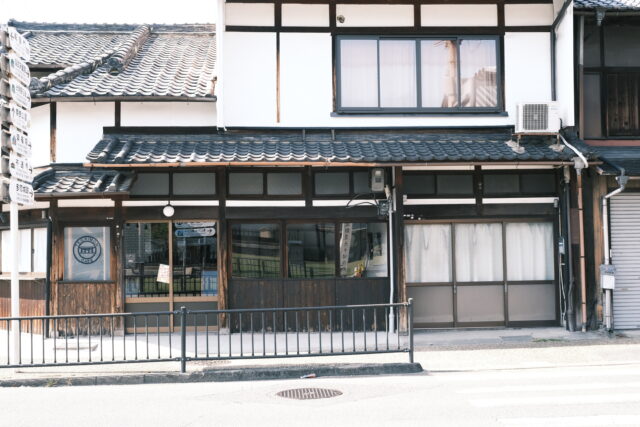
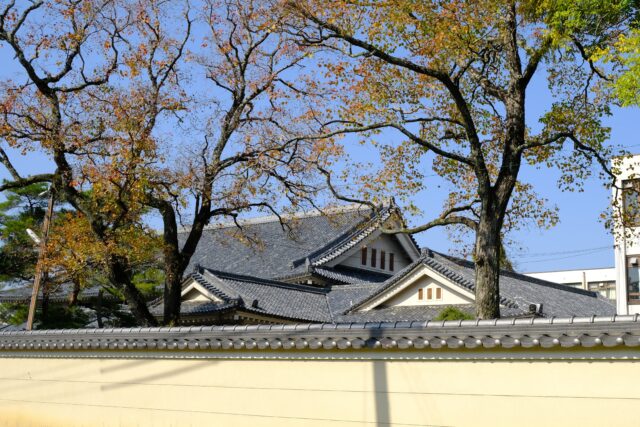
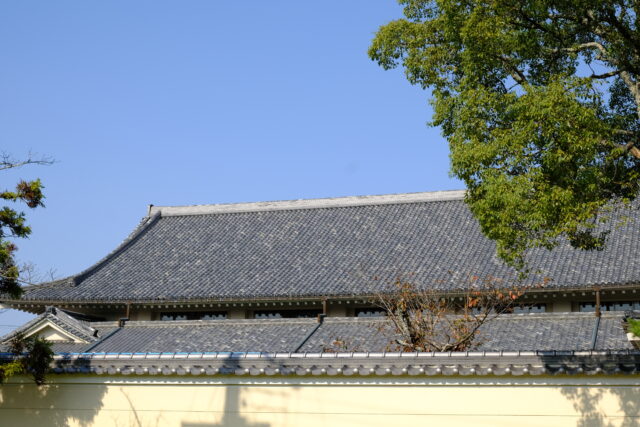
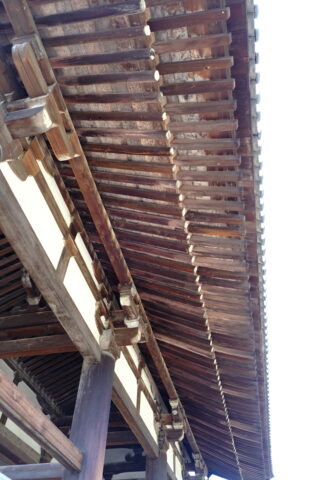

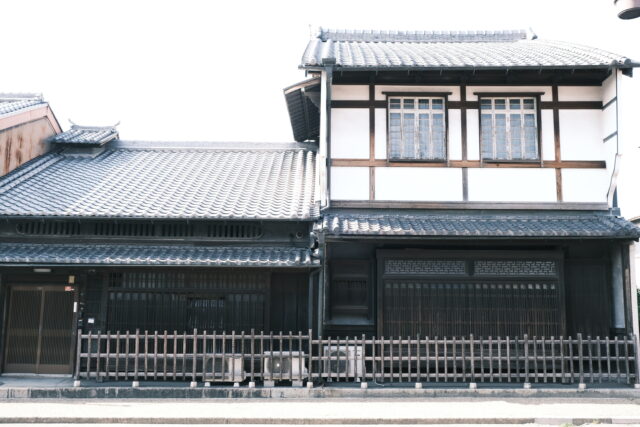
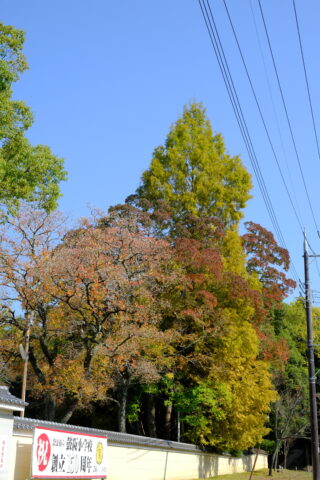
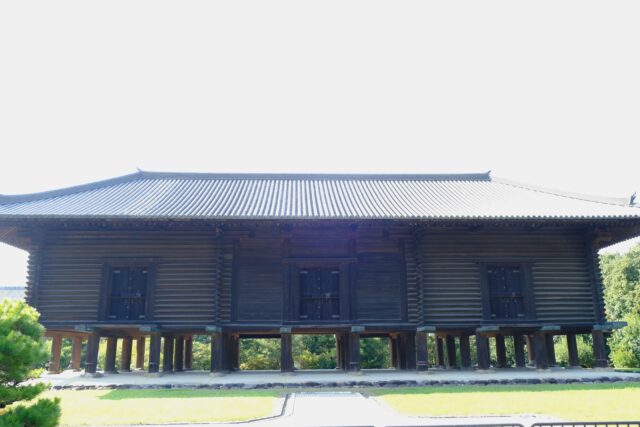
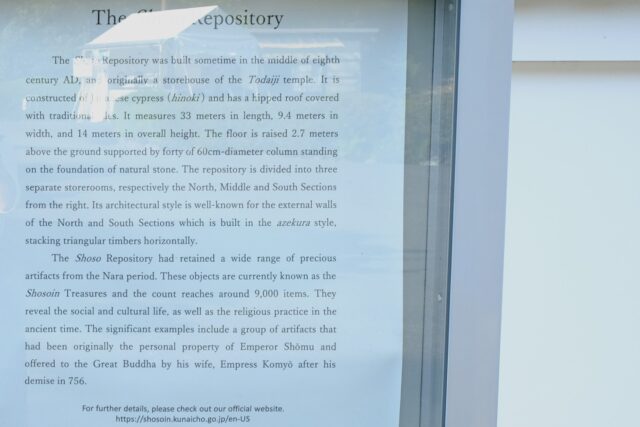
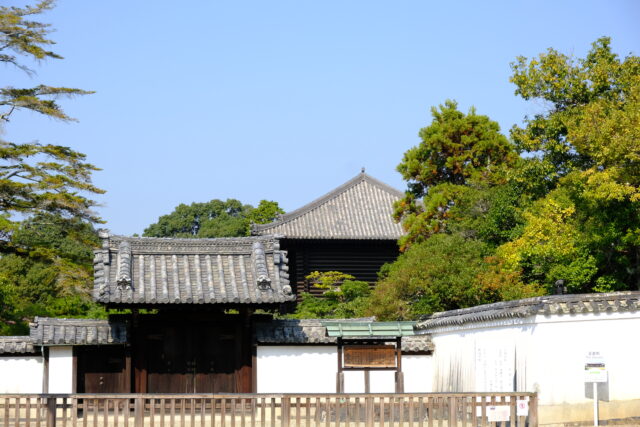
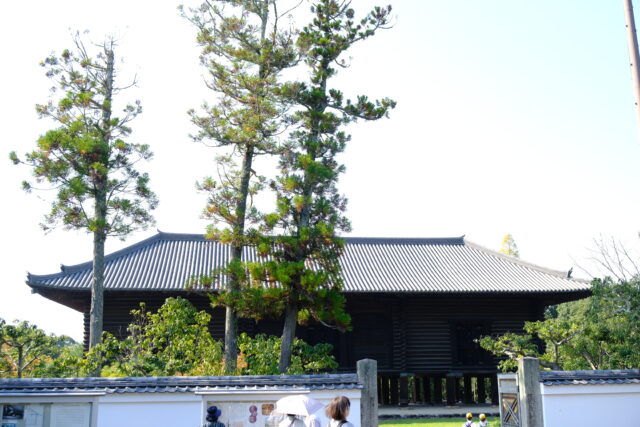
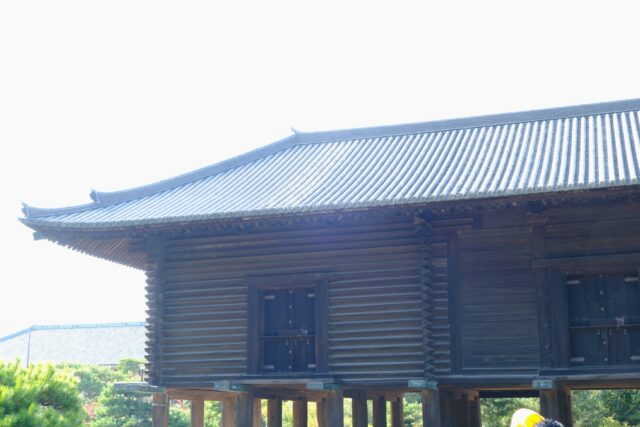
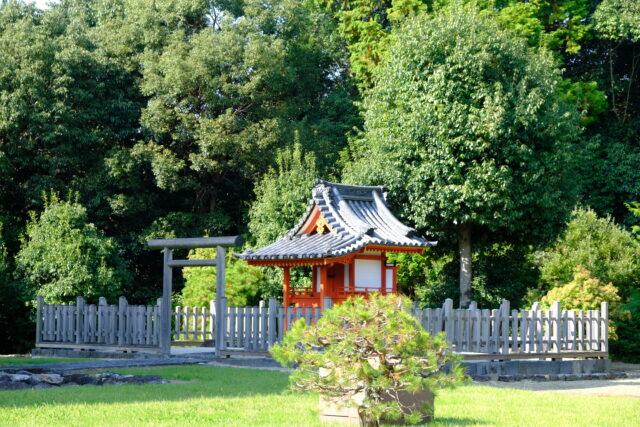
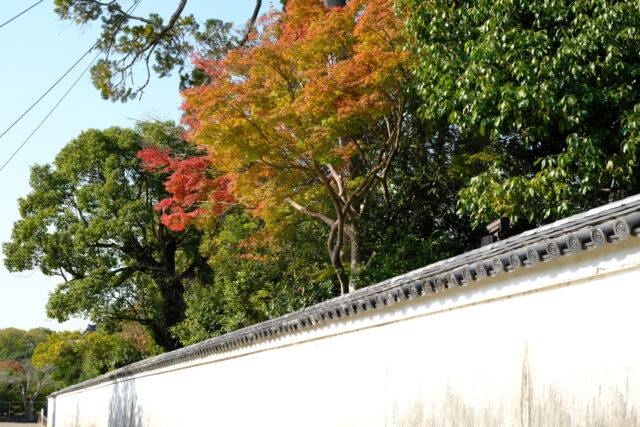
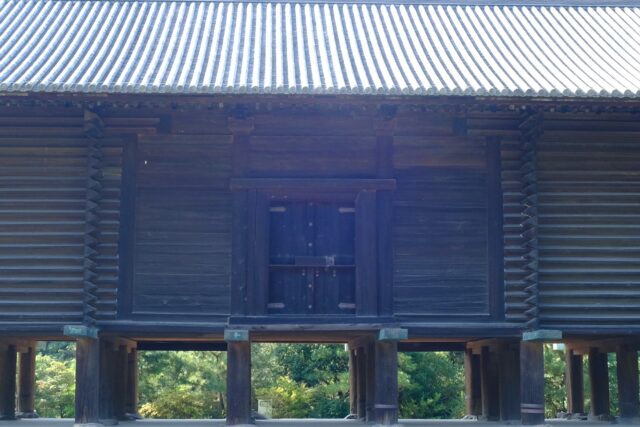
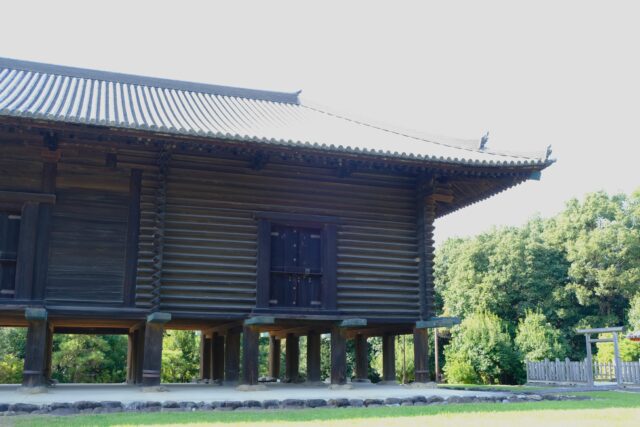
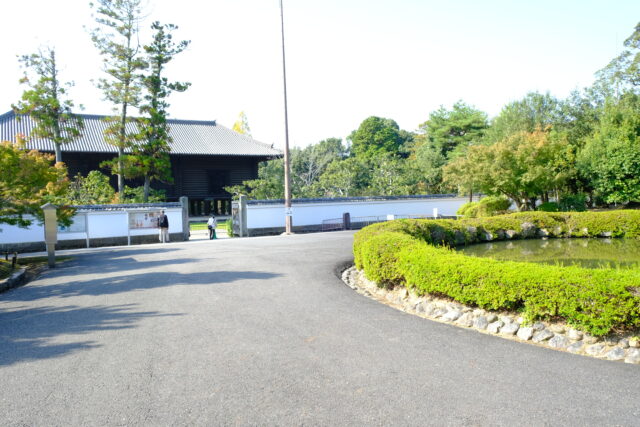
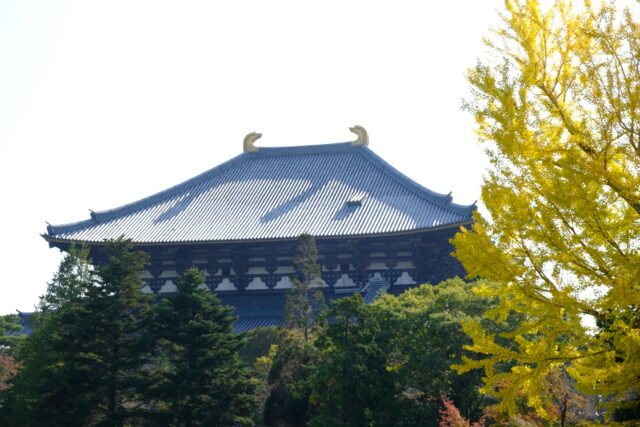

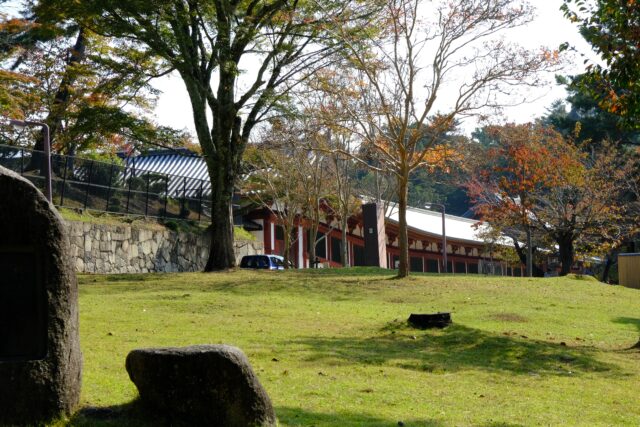
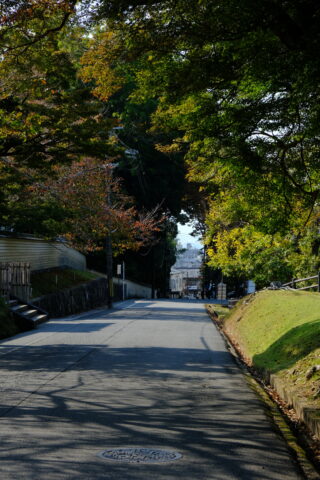
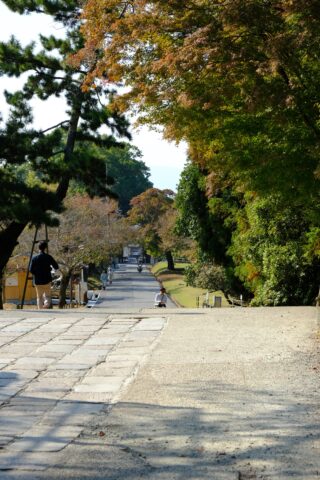
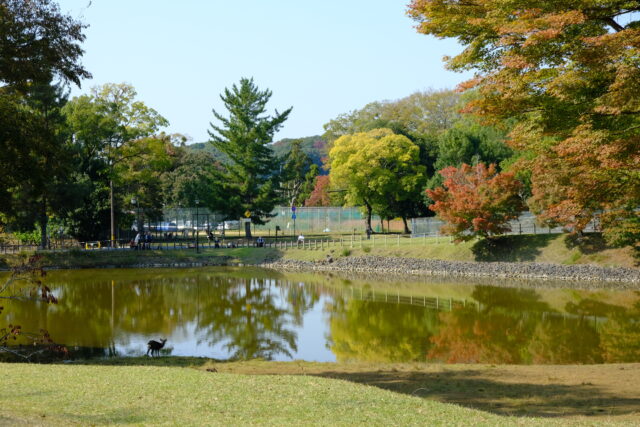
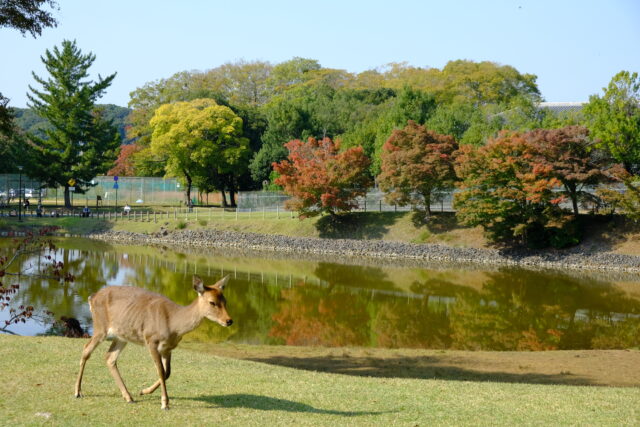
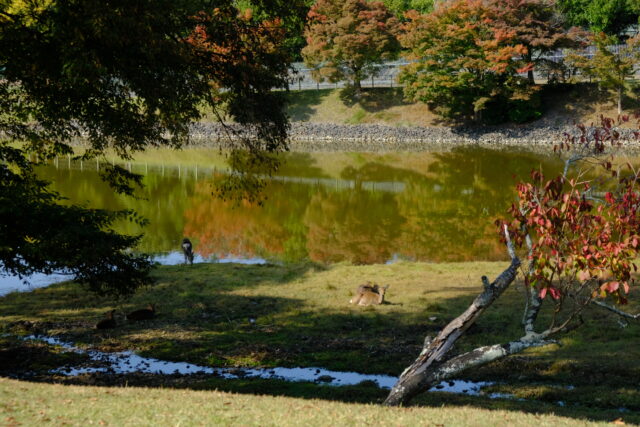
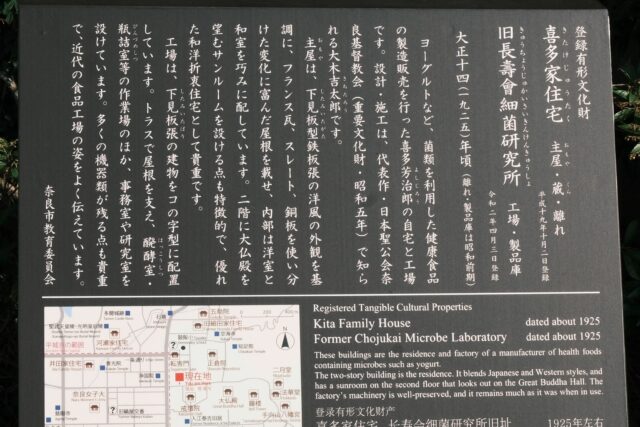
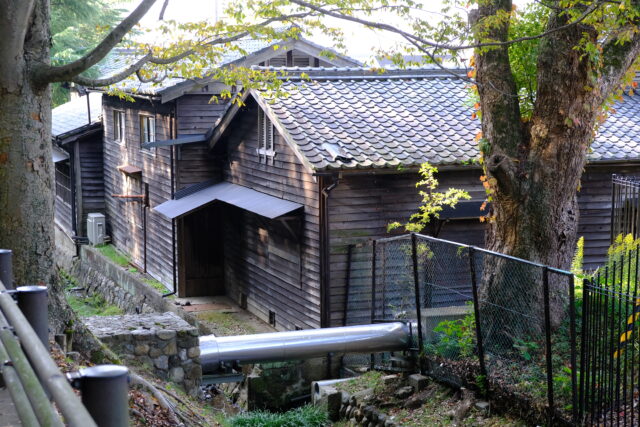
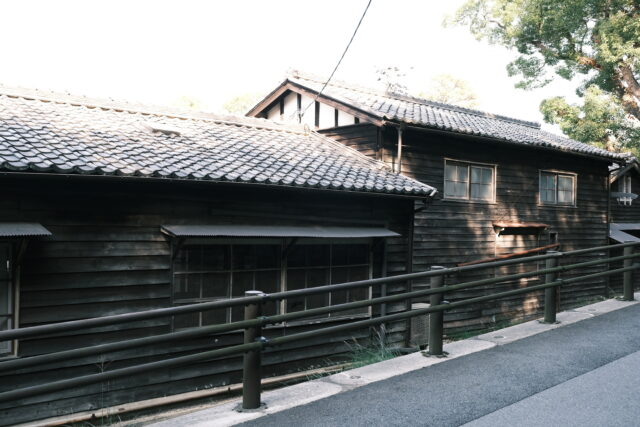
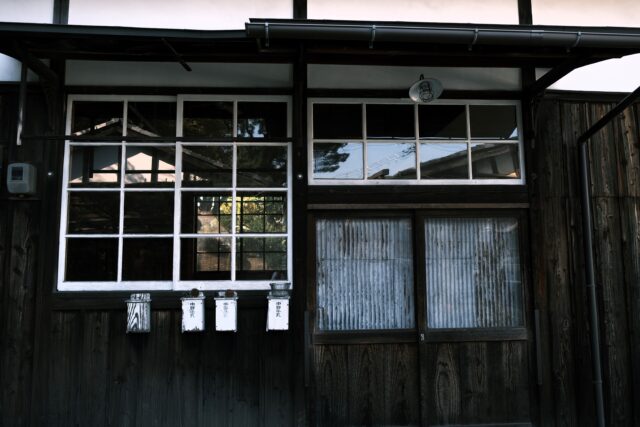
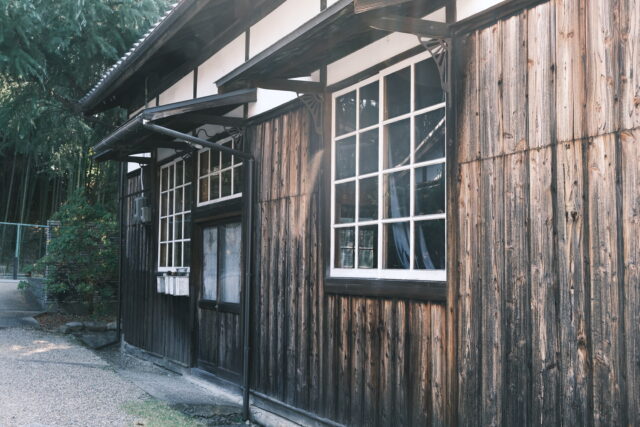
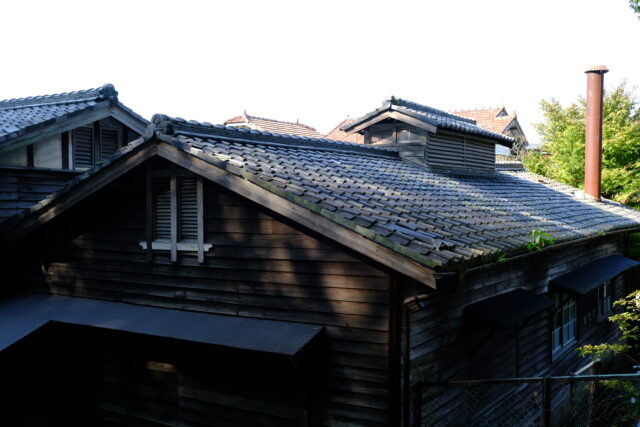
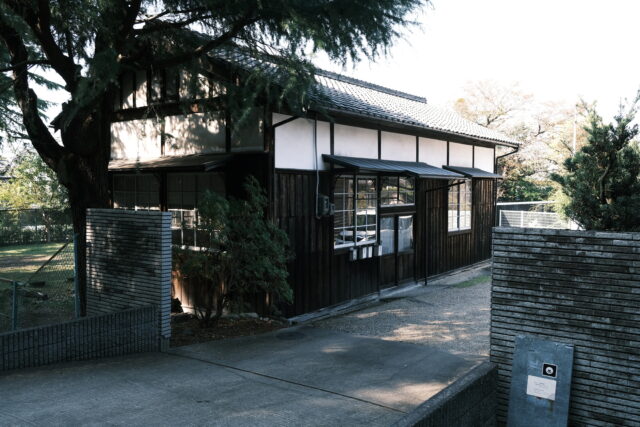
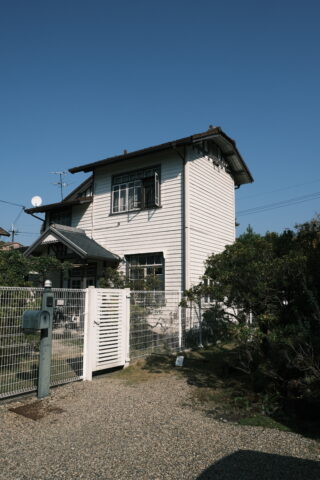
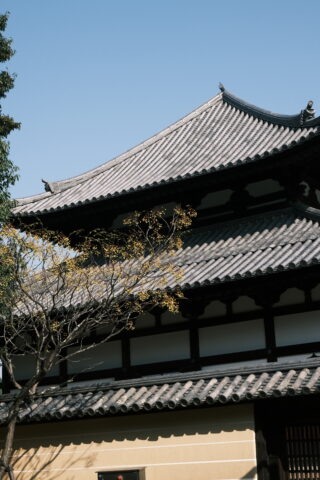

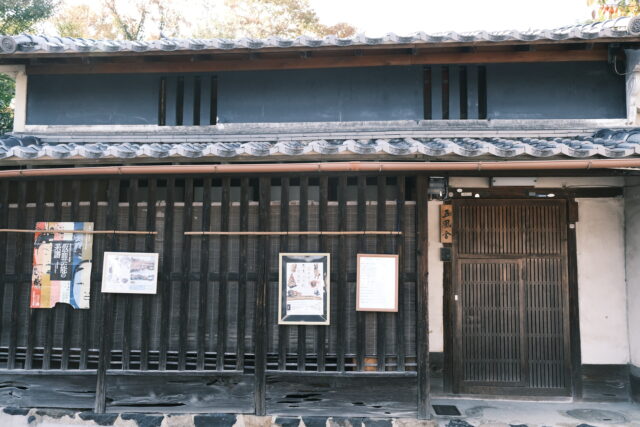
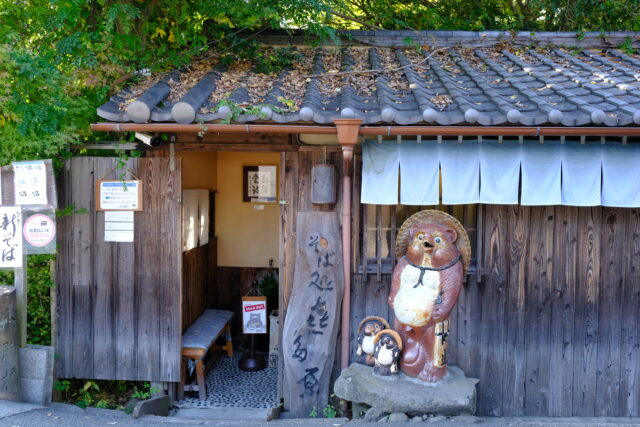
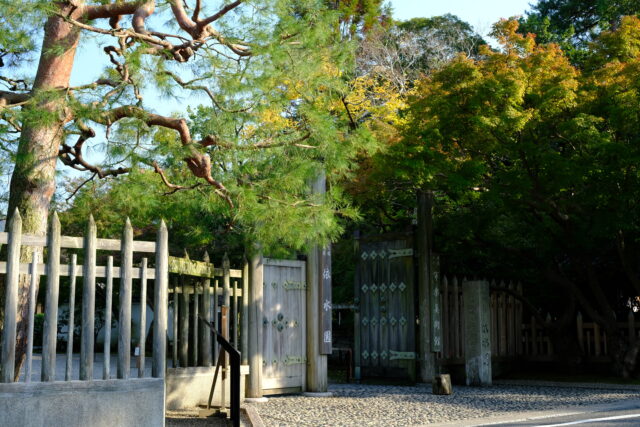
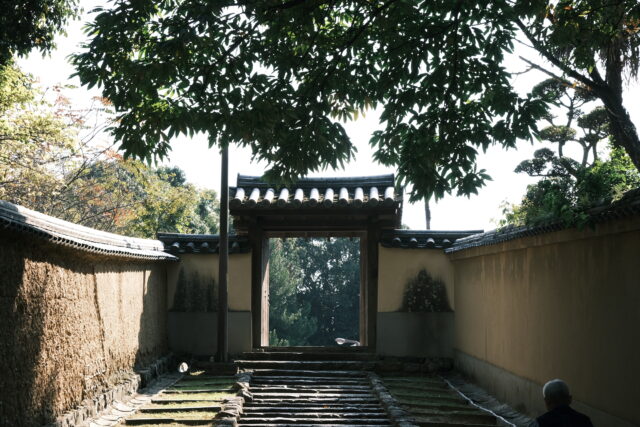
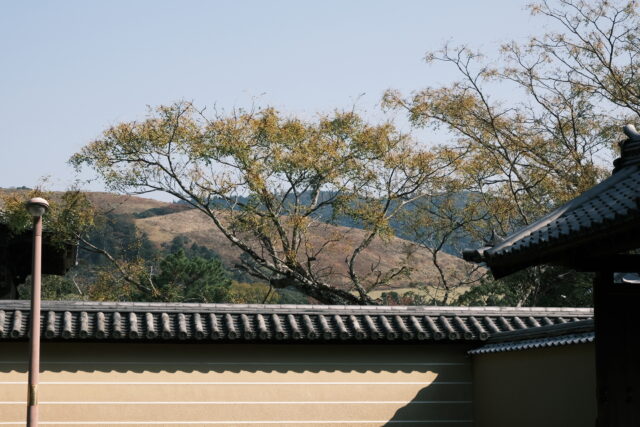
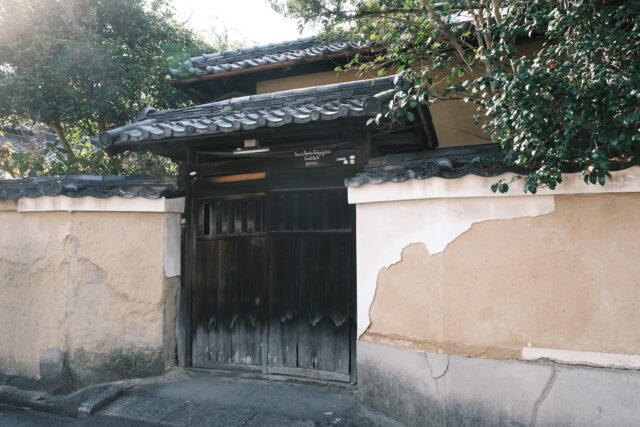
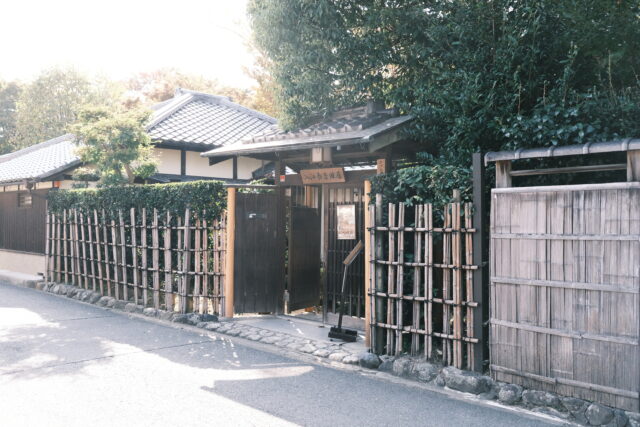
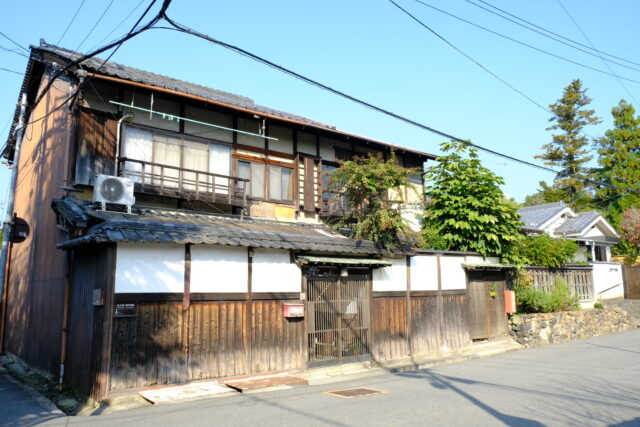
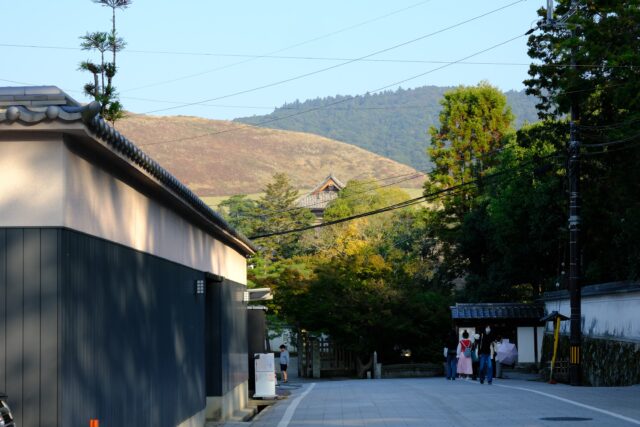
Leave a Reply